How to Banish Fungal Problems From Your Houseplants

I don’t know about you, but I’ve had my fair share of battles with fungus on my houseplants. It feels like one day they’re thriving, and the next—bam!—mold and mildew start creeping in, ruining all that green goodness.
But here’s the thing: I’m not about to run to the store for expensive, chemical-filled sprays. No way! I’m all about natural solutions that actually work, and this one has been a total game changer.
Enter baking soda and Listerine—a simple, budget-friendly combo that helps tackle those pesky fungi and keep your plants happy. Trust me, this DIY solution works like a charm, and the best part? It’s super easy to make, and you probably already have both ingredients at home.
If you’ve been struggling with fungal issues on your plants, keep reading because I’m about to show you exactly how to fix it.
Tools and Materials:
- Baking Soda
- Old-School Brown Listerine (Original flavor)
- Water
- Spray Bottle
- Measuring Spoon
- Mixing Bowl
Disclaimer: Hometalk may receive a small affiliate commission from purchases made via Amazon links in this article but at no cost to you.
1. Mix Your Anti-Fungal Solution
Start by combining your ingredients. Here’s the recipe for a 500ml spray bottle:
- 1 teaspoon of baking soda
- 2 cups (16 ounces) of water
- 1 teaspoon of Listerine (optional)
Will this solution harm my plants?
Great question!
When used properly, this baking soda and Listerine solution is completely safe for most houseplants. Just be sure to dilute it with water, and apply it in moderation.
Always do a patch test on a small area of the plant’s leaves to make sure it reacts well.
2. Transfer the Mixture to Your Spray Bottle
Once your solution is well-mixed, pour it into a clean spray bottle.
The spray bottle allows for easy application on your plants.
3. Apply the Solution to Affected Plants
Now it’s time to give your plants the TLC they deserve!
Spray your solution onto the leaves, stems, and any other areas showing signs of fungal infections. Be sure to cover both the top and bottom of the leaves, as that’s where mildew and mold tend to hide.
Tip:
Apply this in the early morning or late evening when the sun is low. Direct sunlight can cause the solution to dry too quickly, reducing its effectiveness. Plus, it's just better for your plant’s overall health.
4. Reapply as Needed
For best results, reapply this solution every 2-3 days until you see improvement, which should be within about a week.
If it rains or you water your plants heavily, you may need to reapply the solution.
Why Does This Work?
Both baking soda and Listerine have antifungal properties that can help reduce the growth of mold and mildew.
Baking soda, also known as sodium bicarbonate, creates an environment that inhibits fungal growth, while Listerine, with its antiseptic ingredients like eucalyptol, acts as a natural fungicide.
Together, they make a powerful team for keeping your plants healthy and fungus-free.
Common Concerns:
"What if this doesn’t work?"
There are a few reasons why this might happen. If the fungal infection is too advanced, a stronger treatment might be needed. Also, be sure to apply the solution consistently and cover the affected areas thoroughly. If you don't see improvement in a week, you might need to try something else or consult with a plant expert.
"Can I use this on all types of plants?"
This solution is safe for most plants, but some delicate ones—especially those with fine leaves or those prone to leaf burn—might be a little more sensitive. If you're unsure, do a small test on a leaf first. Always check your plant’s specific care needs!
"Does the Listerine smell linger?"
The scent of Listerine can be strong when you first apply it, but don’t worry—the smell fades once the solution dries. If you’re really sensitive to the scent, you can dilute it a bit more with water.
Ready to give your plants more love?
Tea Time for Plants: DIY Plant Fertilizer and Repellent Made Simple
Get Rid of Plant Fungus Naturally: Baking Soda and Listerine to the Rescue!
And just like that, your plants are on their way to a healthier, fungus-free life! This DIY baking soda and Listerine solution is a total game changer. Not only does it work wonders, but it’s also so easy and cost-effective—you don’t have to break the bank to keep your plants in tip-top shape.
I’d love to hear how this works for you, so don’t forget to share your results with me! Whether it’s a small victory or a major plant transformation, I’m here for all of it. And if you’re hungry for more DIY plant care tips, make sure to subscribe and follow along—because there’s always more plant magic to discover!

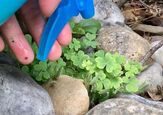
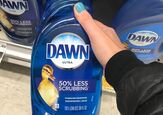









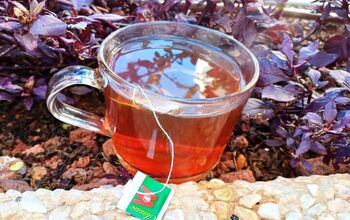
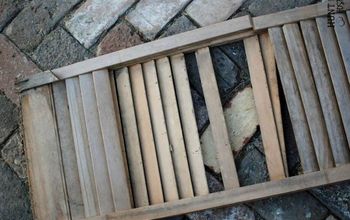




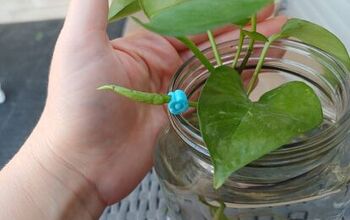
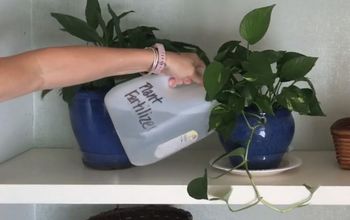
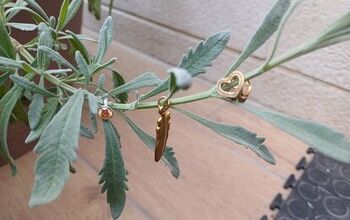
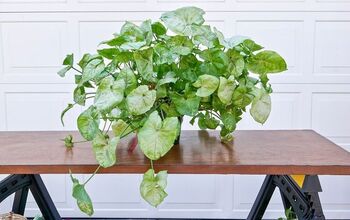
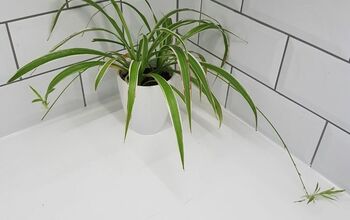
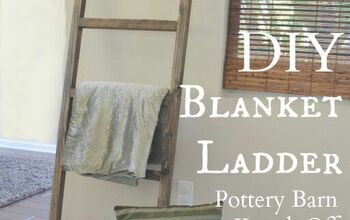
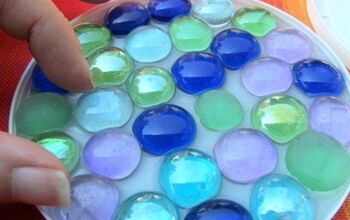
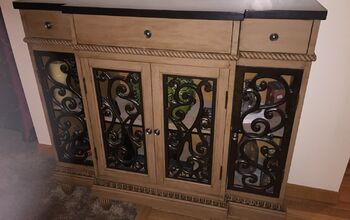





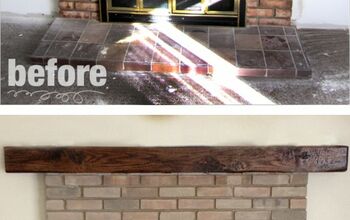
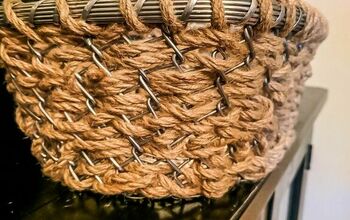

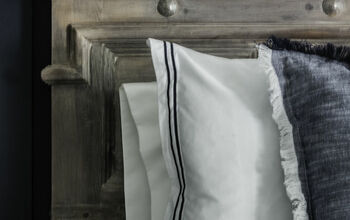
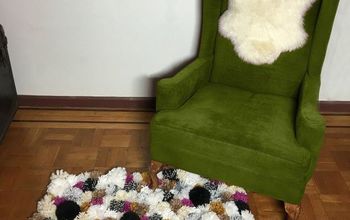
Frequently asked questions
Have a question about this project?
Will this fight mold in feet?